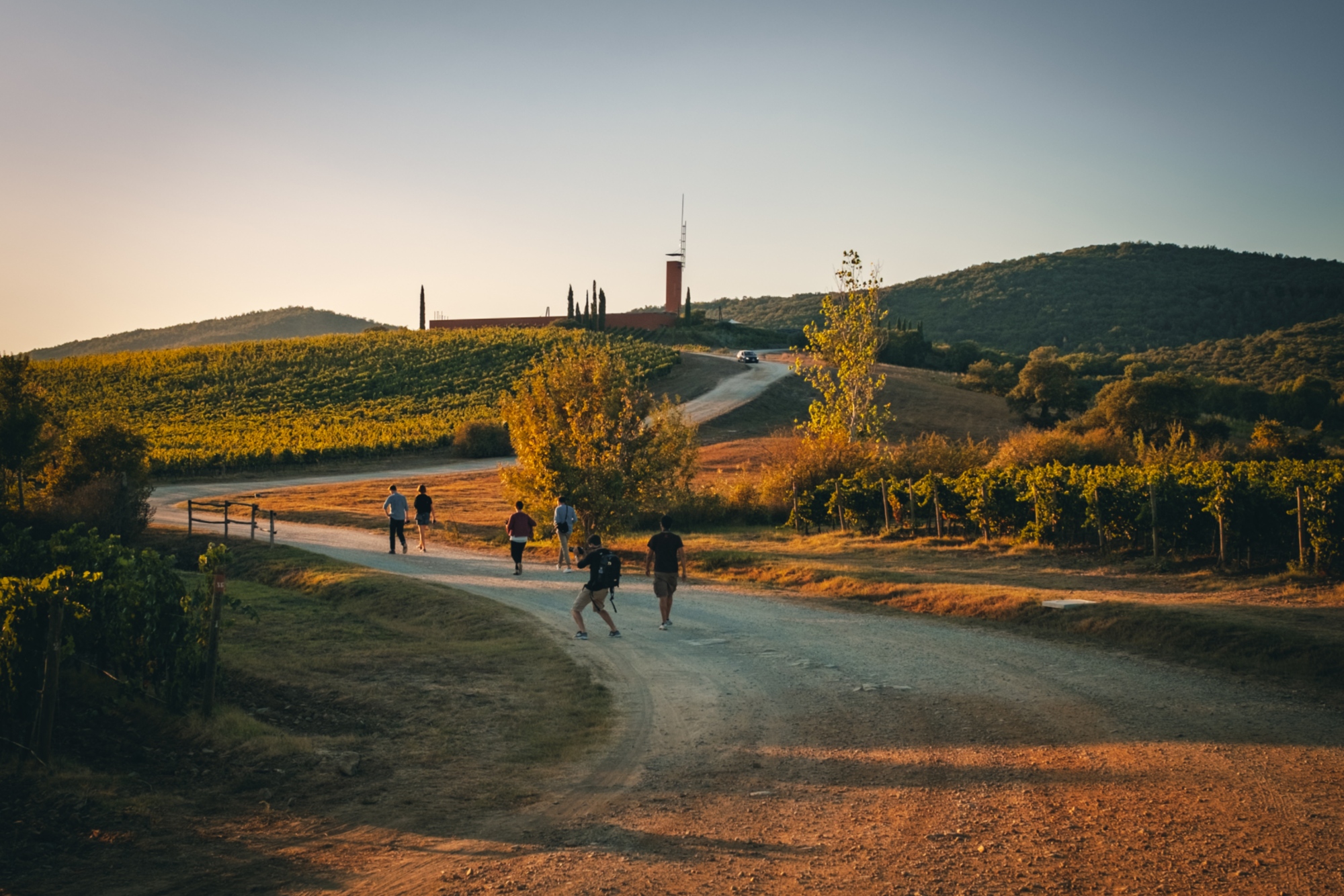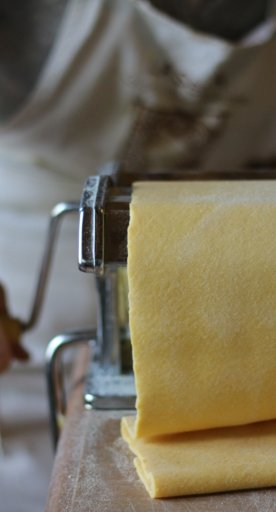Prato to enjoy
A journey among enogastronomic specialties from tradition to contemporaneity
Prato is history, art, but also taste: food and wine play an important role in this land and there are many events in the surrounding area related to traditional typical products.
Let's see which are the best-known specialties and how to enjoy them.
-
1.Prato’s Cantucci cookies
-
2.Prato’s Mortadella
-
3.Prato’s Peaches
-
4.Carmignano’s Figs
-
5.Vernio’s Zuccherini
-
6.Prato’s Bread
-
7.Olive oil from the hills
-
8.Prato’s White Vermouth
-
9.Carmignano DOCG wine
-
10.Bagnolo’s Pinot Noir
Prato’s Cantucci cookies

The first reference to this cookie is found in a manuscript from Prato of the 18th century, but it was in 1858 that Antonio Mattei - in his laboratory that is still active today - perfected the recipe.
The cookie was immediately appreciated by the people of Prato and, thanks to the entrepreneurial skills of the Mattei baker, it was soon exported to the rest of Europe.
The recipe, original and secret, has remained unchanged for 155 years: this unalterable tradition and the care in the choice of raw materials to be used, make the cantucci di Prato an Italian excellence known throughout the world.
It is indispensable, for a really delicious taste, to soak the cookies briefly in Vinsanto.
Prato’s Mortadella

The mortadella of Prato is an IGP trademark (Indicazione Geografica Protetta - Protected Geographical Indication) and has been a Slow Food product for several years. The mortadella of Prato is a very special cold cut made with different cuts of pork, garlic, salt and alkermes.
Thanks to the mix of spices used and to the processing techniques, mortadella is considered a product typical of medieval times.
This cold cut can be tasted alone or together with the equally famous bozza di Prato (a typical bread baked in Prato).
Over the last years many chefs have used mortadella as a special ingredient in various gourmet recipes.
Prato’s Peaches

Prato’s peaches, small, round cakes baked with brioche-style dough, are perhaps one of the most famous specialties of the city.
Handmade and leavened on wooden boards and moist cloths, they owe their name to their shape which recalls that of a peach.
Also in this case, alkermes is used to soak the dough which is then filled with custard.
Their appearance in the windows of the bakeries located in the town center dates back to the second half of the nineteenth century: at that time, they were prepared with a mixture of stale bread.
Carmignano’s Figs

A Slow Food product since 2001, Carmignano’s figs also have their own supervisory syindicate and are produced in the hilly area of Carmignano.
They are rare and precious fruits which can be eaten fresh - the ripening period is in September - or dried. The drying process requires that the fruits, as soon as they are picked, are opened and placed on special mats: here they are exposed to the smoke of sulfur and after four or five days in the sun, the figs are placed in a cool and dry place where they remain for about 40 days.
The variety destined to be dried is the "dottato" one, the most precious of the species.
Fresh figs can be served with Prato’s mortadella, whereas dried figs are eaten in the traditional way: stuffed with a little butter and a walnut kernel.
Vernio’s Zuccherini
Vernio’s Zuccherini are dry aniseed-flavored cookies with a typical doughnut shape: their white color is due to the melted sugar in which they are immersed immediately after baking.
Traditionally they were prepared for wedding banquets, hence the shape that recalls the rings of the bride and groom.
Prato’s Bread

Since the 16th century Prato’s bread has been considered one of the culinary excellences of the territory.
Of various shapes and sizes, depending on the various uses and combinations, it is strictly salt-free and lends itself to be combined with countless dishes.
One of them is the bozza, made with a mixture of flour, water and culture yeast: every baker jealously keeps its own yeast and uses it exclusively.
Olive oil from the hills
The cultivation of olive oil on the hills surrounding Prato dates back to the Etruscans: in Tuscan cuisine and tradition, olive oil has always been an irreplaceable element that goes beyond the simple seasoning.
The extra virgin olive oil that comes from these hills smells of all the aromatic herbs that grow spontaneously under the olive trees and is one of the main ingredients of almost all the "poor recipes" typical of this land.
Prato’s White Vermouth
Prato's White Vermouth is a low-alcohol liqueur made by fermenting white grape must together with aromatic herbs. The main ingredient is absinthe.
It is an ancient product, strongly linked to the territory of Prato, with an amber colour and a sweetish taste, and dates back to a peasant tradition that has almost completely disappeared: it was produced by housewives during the grape harvest with unripe white grapes and herbs gathered in the fields, to be enjoyed as an aperitif or digestive during the Christmas holidays.
Carmignano DOCG wine

The Carmignano DOCG (Controlled and Guaranteed Designation of Origin) is produced only in the municipal territories of Carmignano and Poggio a Caiano: an area of low and medium hills, well exposed, which favors vine cultivation.
Wines of this area have been known and appreciated since the Middle Ages and the Medici family had already included them in a sort of legislative protection very similar to the Controlled Designation of Origin of which they are a part today.
The Carmignano DOCG has an intense ruby red color, almost garnet with ageing; the scent is intense and the taste is dry, sapid, full, harmonic, soft and smooth.
Bagnolo’s Pinot Noir
It’s an intense wine, with a purple color and an ample and surprising bouquet: Bagnolo’s Pinot Noir is a red wine of exceptional quality which, in recent years, has enjoyed considerable success on Italian and foreign markets.
It was born from an error made by a nurseryman in 1970 who, instead of delivering the traditional Sangiovese to be replanted in the vineyards, supplied the Bagnolo farm with Pinot noir.
Produced in the hills of Monteferrato, it owes part of its fortune to this soil of volcanic origin, rich in minerals.




































































































